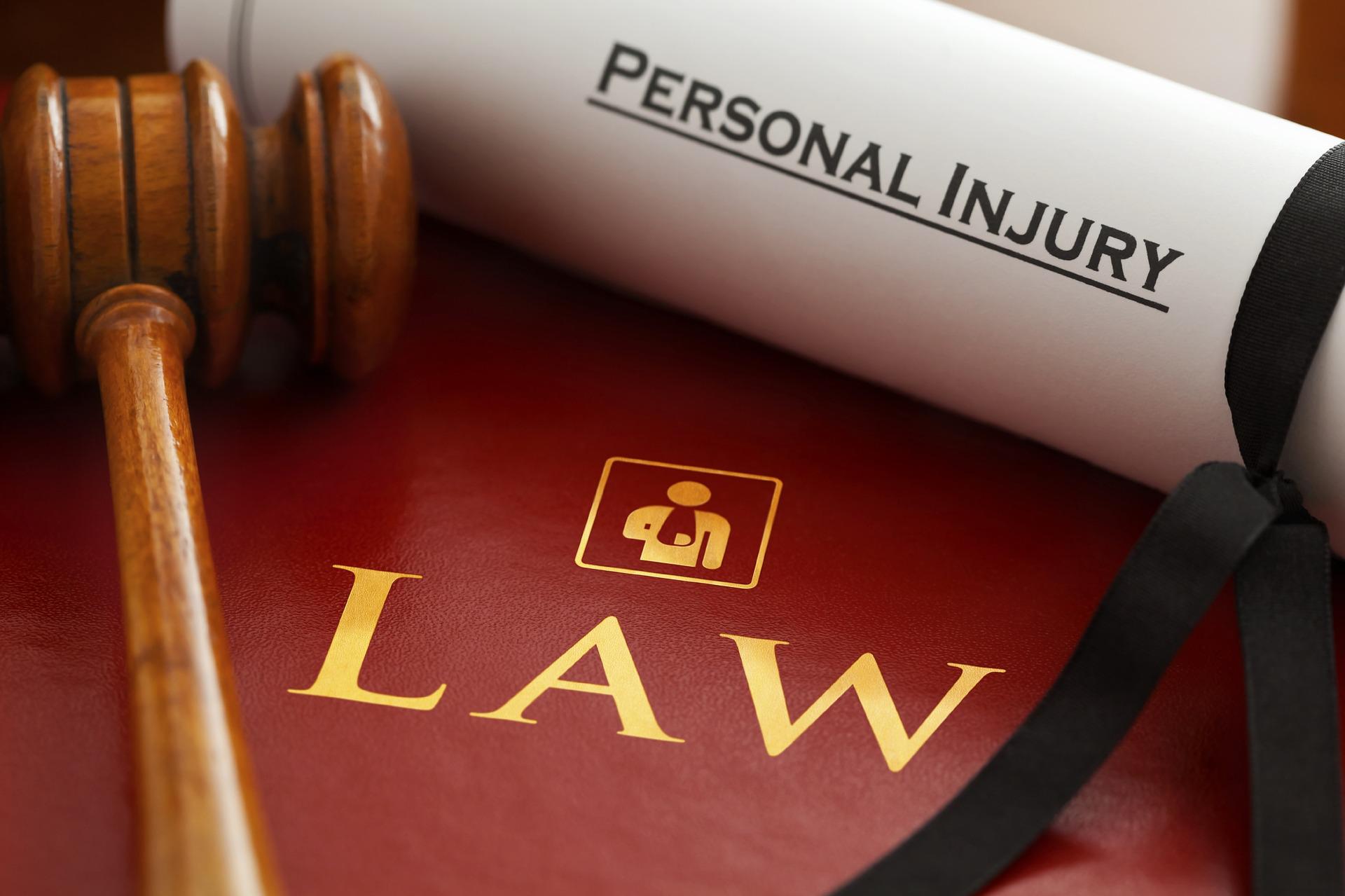The Supreme Court reiterates: moral damage is independent of biological damage

With a very recent order (n. 15733 of May 17, 2022), the Italian Supreme Court reaffirmed an important principle of law – already formulated in the judgments of the last four years – according to which moral damage constitutes an autonomous category with respect to biological damage, as, unlike the latter:
- represents a state of mind of autonomous and independent internal suffering with respect to the dynamic-relational events of the life of the injured person;
- is not subject to any medico-legal assessment.
Biological damage and moral damage
As clarified by the Supreme Court, the difference between the two damage items is marked, as the biological damage, governed by art. 138, 2nd paragraph, lett. a) and e) of the Insurance Code, consists of the “temporary or permanent injury to the psycho-physical integrity of the person” (subject to medical-legal assessment), which negatively affects “the daily activities and the dynamic-relational aspects of life of the injured party“.
The third paragraph of the same article also prescribes that “if the ascertained impairment significantly affects specific documented and objectively verified personal dynamic-relational aspects, the amount of compensation for damage, calculated according to the provisions of the single national table, may be increased by the judge up to 30%, subject to a fair and justified assessment of the subjective conditions of the injured party“.
Moral damage, on the other hand, differs from biological damage since, in the first place, it cannot be demonstrated by means of a medico-legal assessment; secondly, it represents a state of mind of interior suffering that is completely autonomous and independent of the dynamic-relational events of the life of the injured person (although it may influence them);
The judicial process
The order of the Supreme Court comes following the ruling of the Milan Court of Appeal, which had confirmed the decision by which the first instance judge had in turn sentenced an insurance company to pay compensation for the damages suffered by a victim of an accident. road.
According to the Court of Appeal, the first instance judge had correctly settled the items of pecuniary and non-pecuniary damage concretely proven by the plaintiff.
Following the appeal brought by the victim of the accident, the Supreme Court – rejecting it – pronounced the principle of law reported at the beginning of this article, also specifying that “the positive recognition and concrete settlement, in monetary form, of the prejudices suffered by the person by way of moral damage fully maintain their autonomy with respect to any other item of the so-called non-pecuniary damage, as its incorporation into the so-called biological damage”.
According to the Supreme Court, in fact, moral damage consists in a “suffering of an entirely internal and non-relational nature, deserving of an additional compensation” compared to that provided for “the compromise of the purely dynamic-relational aspects of individual life (constituting instead biological damage)”.
The settlement of both items of damage
Therefore, according to the Court, the trial judge, in order to proceed with the liquidation of the overall item of non-pecuniary damage (which includes both biological and moral damage), the trial judge must follow the following steps:
- ascertain the existence, in the individual case, of a possible concurrence of dynamic-relational damage (so-called biological damage) and non-material damage;
- in the event of verification of the existence (also) of moral damage, resulting in:
- positive, to determine the compensation amount by applying the Milan tables in full, which provide for the settlement of both damage items;
- negative, consider only the item of biological damage, purified from the increase envisaged by the aforementioned tables for non-material damage, according to the percentages indicated therein, consequently liquidating only the biological damage;
- in the event of a positive assessment of the conditions for the so-called personalization of the damage (biological), proceed to increase up to 30% of the value of the biological damage only, without the moral component of the damage included in the table.



